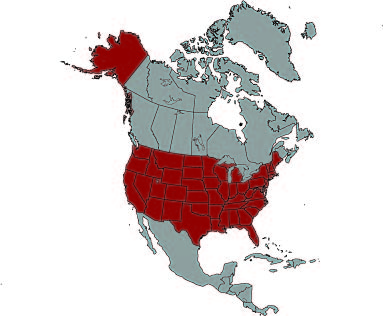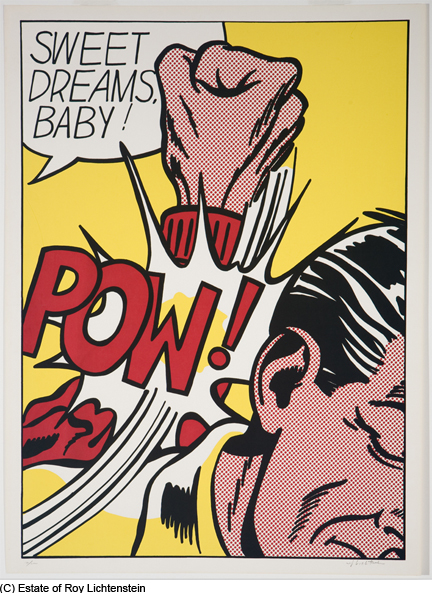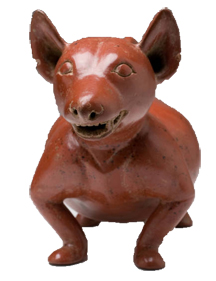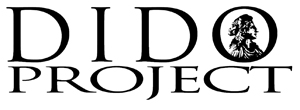

The movement rose to popularity unlike any other movement. The trendy look and familiar subject matter made Pop Art easy to like. Artists used contemporary images, such as food product labels and celebrity photographs, and mass-production techniques to voice political and social commentary. They were interested in advertising, consumer products, television, magazines, and comics.
An apt example of Pop Art is Sweet Dreams, Baby! (Pow). This print by Roy Lichtenstein uses a comic strip as its source and inspiration. He isolates a particular comic frame and scales it up in size. The result is a bold, exciting graphic. By taking this scene out of its context in a comic book, enlarging it to heroic proportions, and placing it in a museum, this image becomes a work of art that asks the viewer to consider the subject matter of art.
1965
Roy Lichtenstein, American
(1923-1997)
37 5/8 inches H; 27 9/16 inches W
Purchase by Friends of the Museum
1970.002.000
1962 First Pop Art exhibition.
1963 John F. Kennedy is assassinated in Dallas, Texas.
1964 The Beatles appear on the Ed Sullivan Show.
1969 Neil Armstrong walks on the moon.




